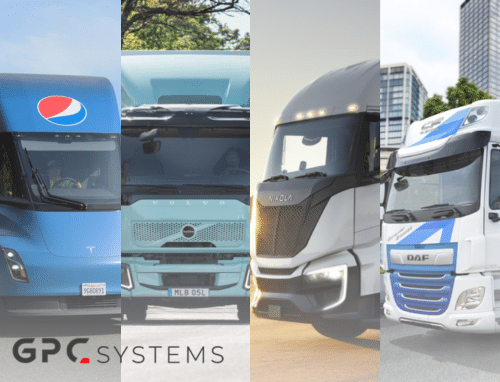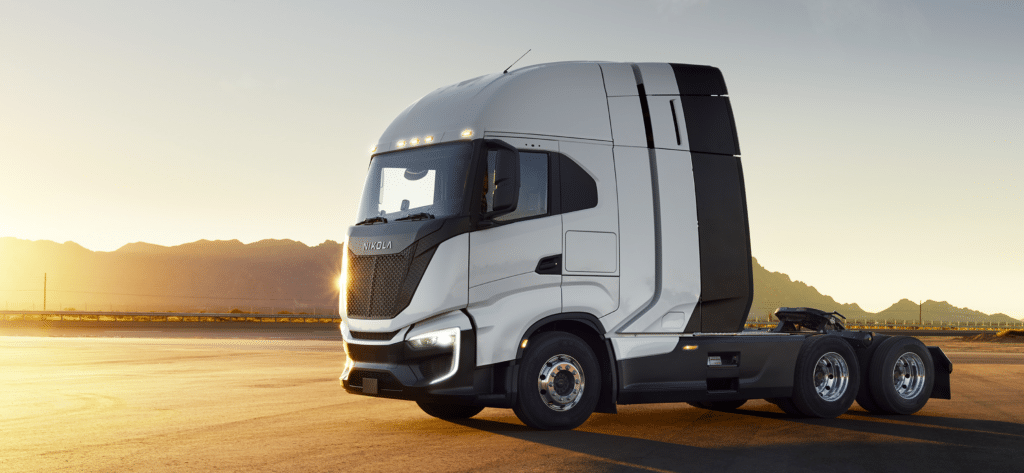
Electrifying Breakthroughs: Top 4 Electric Lorries to Revolutionise Transport
The transport industry is undergoing a significant transformation as electric vehicles (EVs) make their mark, and this revolution isn’t limited to passenger cars. Electric lorries, or trucks, are emerging as a viable and sustainable alternative to their diesel counterparts, offering benefits such as reduced emissions, lower operating costs, and quieter operation. Here, we explore five of the leading electric lorries either in development or already on the market, comparing their features, capabilities, and innovations.
1. Tesla Semi
Key Specifications:
- Range: Up to 500 miles
- Payload Capacity: 36 tonnes
- Charging Time: 70% in 30 minutes
- Autonomous Capabilities: Enhanced Autopilot
The Tesla Semi stands out with its impressive range of up to 500 miles on a single charge, making it a frontrunner for long-haul transport. Its sleek design and aerodynamic build contribute to its efficiency, while the Enhanced Autopilot feature aims to improve safety and reduce driver fatigue. Tesla claims the Semi can save over £150,000 in fuel costs within three years, making it a financially attractive option.

2. Volvo FL Electric
Key Specifications:
- Range: Up to 186 miles
- Payload Capacity: 16 tonnes
- Charging Time: 1-2 hours (fast charging)
- Application: Urban distribution and refuse operations
The Volvo FL Electric is designed primarily for urban distribution and waste management. With a range of up to 186 miles, it is well-suited for short-haul routes. The lorry’s compact size and quiet operation make it ideal for city environments, where noise pollution and emissions are significant concerns. Its ability to fast charge in 1-2 hours enhances its practicality for daily use.

3. Nikola Tre
Key Specifications:
- Range: Up to 300 miles
- Payload Capacity: 29 tonnes
- Charging Time: 80% in 120 minutes
- Hydrogen Fuel Cell Option: Available
The Nikola Tre offers versatility with both battery-electric and hydrogen fuel cell options. Its range of up to 300 miles caters to regional haulage needs, and the hydrogen fuel cell variant promises quicker refuelling times compared to battery charging. This flexibility can be advantageous for fleet operators looking to diversify their energy sources.

4. DAF CF Electric
Key Specifications:
- Range: Up to 124 miles
- Payload Capacity: 37 tonnes
- Charging Time: 75 minutes (fast charging)
- Application: Urban and regional transport
DAF’s CF Electric is designed for both urban and regional distribution, with a focus on heavy-duty applications. Its range of up to 124 miles and fast-charging capabilities make it suitable for frequent short trips with heavy loads. DAF has also incorporated regenerative braking technology to enhance efficiency and range.

Comparative Analysis
Range and Charging: The Tesla Semi leads with a range of up to 500 miles, making it ideal for long-haul transport. Nikola Tre follows with a range suitable for regional haulage needs, while Volvo and DAF focus on urban and regional distribution with shorter ranges but quicker charging times, tailored for daily use in city environments.
Payload Capacity: DAF CF Electric stands out with the highest payload capacity of 37 tonnes, closely followed by Tesla Semi and Nikola Tre.
Charging Infrastructure: Tesla’s rapid charging network gives the Semi a distinct advantage in reducing downtime. Nikola’s hydrogen fuel cell option provides an alternative solution for quick refuelling, appealing to operators concerned about charging times.
Application Suitability: Urban-centric models like the Volvo FL Electric and DAF CF Electric cater to the needs of city logistics, where noise and emissions are critical factors. Tesla Semi and Nikola Tre provide versatility for longer routes and heavy-duty applications.
Conclusion
The advent of electric lorries marks a pivotal shift in the transport industry, driven by the need for sustainable and efficient solutions. Each of these top electric lorries brings unique strengths to the table, from the long-range capabilities of the Tesla Semi to the urban efficiency of the Volvo FL Electric. As the technology evolves and infrastructure improves, these vehicles will play an increasingly critical role in reducing the carbon footprint of freight transport, paving the way for a greener future.
Optimising cargo space within these lorries is crucial for efficiency and profitability. Software solutions like GPC play a vital role in achieving this, allowing operators to maximise every inch of available space. By leveraging advanced software tools, companies can streamline operations, enhance load capacity, and ensure safe transportation of goods. As electric lorries continue to gain traction, integrating such technologies will be essential for maintaining competitiveness and sustainability in the logistics sector.




